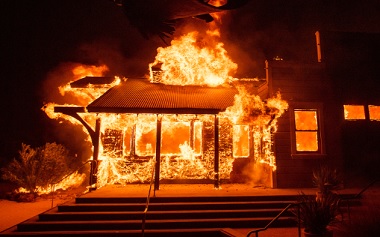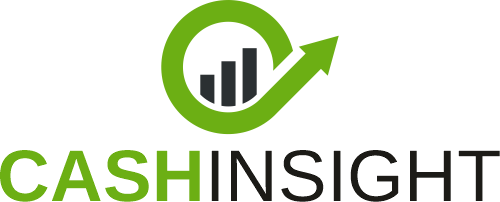
$2.15 trillion worth of U.S. residential property is at high risk of wildfire damage, according to a new AI-powered analysis from ZestyAI.
 The study examined 126 million properties nationwide, finding that 4.3 million homes face significant wildfire risk—extending well beyond traditionally high-risk areas.
The study examined 126 million properties nationwide, finding that 4.3 million homes face significant wildfire risk—extending well beyond traditionally high-risk areas.
ZestyAI used AI models trained on data from more than 2,000 past wildfires to assess risk at the property level, factoring in satellite and aerial imagery, topography, and structure-specific characteristics.
California leads with $1.16 trillion in wildfire-exposed property, but other states also face significant risk, including Colorado ($190.5 billion), Utah ($100.3 billion), and North Carolina ($71.2 billion).
Though wildfires have historically been most severe in the Western U.S., risk is growing in states like North Carolina (4.6% of homes at high risk), Kentucky (2.9%), Tennessee (2.3%), and even South Dakota (11%).
As more homes and businesses are built in fire-prone areas, the Wildland-Urban Interface (WUI) expands. This, combined with intensifying climate conditions, is driving higher insurance costs and concerns over availability.
Currently, one in eight U.S. homeowners lacks adequate insurance coverage—a figure expected to rise.
Attila Toth, Founder and CEO of ZestyAI, said, “Wildfires are threatening more properties than ever before, with billions of dollars in exposure even in areas many people don’t associate with fire risk. Yet, too many homeowners are finding themselves uninsured or underinsured just as these disasters become more frequent and severe.
“Insurers have traditionally relied on broad, regional models that don’t account for individual property characteristics. That means some homeowners are denied coverage even when their true risk is much lower than their neighbors’.
“AI-driven risk analytics are reshaping the way insurers assess wildfire exposure. By providing granular, property-specific insights, we’re helping insurers make smarter underwriting decisions—keeping coverage available in high-risk areas while ensuring that homeowners who take mitigation steps are recognized. Last year, our models helped insurers extend coverage to 511,000 properties that had previously struggled to secure insurance due to outdated risk models. In 2025, we expect that number to reach a million, ensuring that even in high-risk areas, responsible homeowners have access to protection when disaster strikes.”


